Lithium Battery Inventor Won the Nobel Prize in Chemistry
On October 9th, at 17:45 Beijing time, the 2019 Nobel Prize in Chemistry was announced. American chemists Stanley Whittingham, John Goodenough and Japanese chemists Akira Yoshino won this year's award for his outstanding contribution to the field of lithium-ion batteries.
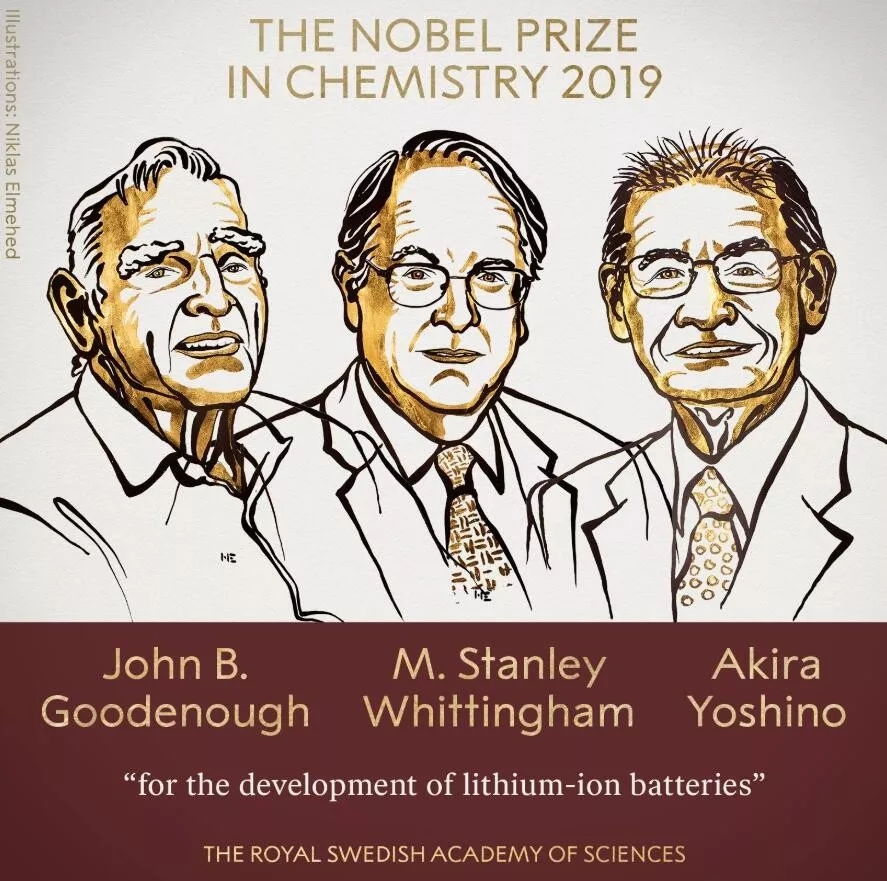
In the 1970s, Stanley Whittingham, who worked for Exxon in the United States, invented lithium batteries. He used titanium sulfide as the positive electrode material and lithium metal as the negative electrode material to make the first lithium ion battery. Goodenough is the inventor of rechargeable lithium-ion batteries and led the project team to invent a lithium-ion battery and lithium iron phosphate battery technology that can be mass-produced. The project team led by him and SONY have jointly developed a rechargeable ion battery based on a carbon material positive electrode and a lithium cobalt oxide LiCoO2 material negative electrode, which is currently widely used lithium ion battery technology.
In 1983, Akira Yoshino presented the patent application for lithium-ion batteries that we know today, using the original concept and making it safe, efficient and reliable. He replaced the unstable lithium metal on the anode with a safe conductive plastic called polyacetylene. He also introduced a polyethylene-based heat sensitive film between the reaction layers. When the battery overheats, the film melts and acts as a fuse to prevent the entire structure from catching fire. This is the first lithium-ion battery design to enter the market and consume.
Commercial lithium batteries were introduced in Japan in the 1990s, driven by research work by Whittingham, Goodenough, Akira Yoshino and others. With decades of development, lithium-ion batteries have been used on almost every portable electronic device on the planet.
Born in 1922, John Goodenough is a solid physicist in the United States, a member of the National Academy of Engineering, and the National Academy of Sciences. Goodenough received his master's and doctoral degrees in physics from the University of Chicago in 1951 and 1952. After graduation, he worked at the Lincoln Laboratory of Massachusetts Institute of Technology, laying the groundwork for the development of random access memory (RAM) for digital computers. After leaving the Massachusetts Institute of Technology, he joined Oxford University as a director of the Inorganic Chemistry Laboratory from 1976 to 1986. During this period, Goodnow discovered that the use of lithium cobalt oxide as an electrode can significantly increase the energy density of lithium batteries, and his many discoveries became the foundation of the later lithium battery industry. He joined the University of Texas at Austin in 1986 and has taught and conducted research to date. Last year, 95-year-old Goodenough led the team to develop the first all-solid-state battery.
Stanley Whittingham was born in 1941 and received his Ph.D. from Oxford University in 1968. After graduation, Dr. Whittingham went to Stanford University as a postdoctoral fellow. He worked at ExxonMobil Research and Engineering from 1972 to 1984. He then worked for Schlumberger for four years and then became a professor at Binghamton University. As a pioneer in lithium-ion batteries, Whittingham has been predicted by the media to be a popular candidate for the Nobel Prize in Chemistry, and the scientific community has been vocal about his Nobel Prize in Chemistry. The 78-year-old Whittingham is still working on the first line of lithium-ion battery research, just like Goodenough.
Akira Yoshino was born on January 30, 1948. He is a Japanese chemist, a researcher at Asahi Kasei Corporation, and a professor at Mingcheng University.
The most important part of the lithium battery was invented
At the age of 57, Goodenough invented the most important components of lithium batteries and made important contributions to the development of lithium batteries; for example, this year, he is still at the forefront of lithium battery research. The following article will lead us to review Goodenough's research path.
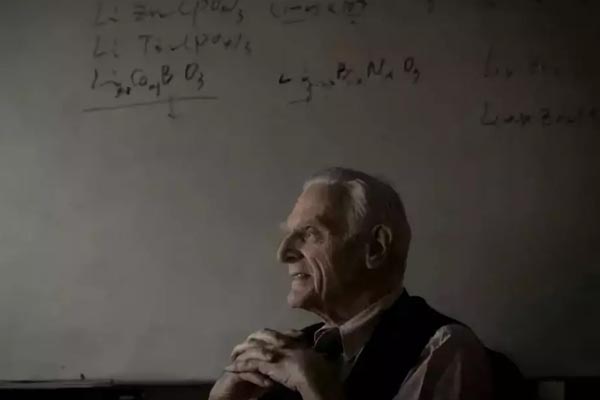
You may have never heard of John Bannister Goodenough before seeing this article. But you must know what he is studying. In fact, you are likely to have his "work".
Looking back at the technological leap in the past six or seventy years: polio vaccine, spaceship, APA (predecessor of the Internet) and so on. In addition to these, there are two inventions that have far-reaching implications for economic and social development. Without this invention, the lives of people around the world will be completely different.
The first major invention was the transistor that was born in Bell Labs in 1947. Its emergence has changed electronic products and laid the foundation for the global economy and modern civilization. The second invention is a lithium battery. In 1991, Sony began commercial production of lithium batteries, and then lithium battery products gradually replaced the bulky electronic devices that rely on transistors.
Lithium batteries broaden the range of applications for transistors. Without a lithium battery, there would be no smartphones, tablets and laptops, and the equipment you use to read this article. Of course, there will be no companies like Apple, Samsung, and Tesla.
In 1980, 57-year-old physicist Goodenough invented the most important component of the lithium battery, the cobalt oxide cathode. This type of cathode is now used in portable electronic devices all over the world.
Now, Goodenough, who is over 90 years old, still goes to work in the small office of the University of Texas at Austin every day. He explained that my work has not been completed. After 35 years of invention of cobalt oxide cathodes, electric energy vehicles still cannot compete with traditional internal combustion engine vehicles in terms of price. The storage costs of solar and wind power generation are too high and can only be used immediately. Our prospects are not optimistic: although oil prices are now low, prices will inevitably rise according to the cyclical pattern of commodity price fluctuations; and climate change issues are also intensifying.
In short, the world needs super batteries. Goodenough said: "Otherwise, I can only say that in the future we will fight for the final energy through war, and global warming will develop to an uncontrollable level."
The good news is that Goodenough is working on a new idea with his postdoctoral assistants. He said: "I want to solve this problem before I die. I am only in my 90s and have time."
Battery research
A battery is a device that causes charged ions to move directionally between two electrodes. The charge-directed movement produces a current supply to operate the appliance.
Two electrodes are required to make the battery, and ions move between the electrodes. The electrolyte solution between the electrodes acts as a medium for ion movement. The negatively charged electrode is the anode and the positive electrode is the cathode. The cation generates a current from the anode to the cathode when the battery is discharged (eg, to power the appliance). The rechargeable battery returns to the anode to store electrical energy during charging of the external power source.
Almost all battery designs ultimately come down to the choice of anode, cathode and electrolyte materials. They determine the battery's storage capacity and discharge rate.
As early as 1859, Gaston Planté invented lead-acid batteries (using lead electrodes and sulfuric acid electrolytes). In the early twentieth century, the performance of electric vehicles using lead-acid batteries seemed to outperform those of gasoline-powered internal combustion engines. The internal combustion engine is very noisy and dirty, and it must shake the heavy handle when starting. In contrast, electric cars are easy to operate and quiet. However, a series of inventions such as automotive electronic ignition devices have gradually made the internal combustion engine an advantage. For decades, few people believe that electric vehicles will replace internal combustion engines.
The idea that commercial innovation uses electric energy to replace internal combustion engines is making a comeback. Researchers around the world are scrambling to study batteries and hope to become the next Ford. Goodenough, who was still working at MIT, said that everything has changed suddenly and battery research is no longer boring. This enthusiasm lasted for the next decade and became more and more rampant with the impact of the Arab oil embargo.
Power returned to the stage and Goodenough joined the competition. In the next two decades, he invented or participated in the invention of almost all major achievements in the development of modern batteries.
First generation lithium battery
When Goodenough worked at Oxford, British chemist Stan Whittingham made a major breakthrough in the battery field. He and his colleagues at Stanford University discovered a layered electrode material that stores lithium ions between the layers of titanium sulfide. Lithium ions can shuttle back and forth between the electrodes, have charging capability, and can work at room temperature. Wittingham uses the chemical term intercalation to name this storage.
This news has attracted wide attention. Oil giant Exxon Mobil invited Whittingham to secretly develop new batteries based on his work at Stanford. In 1976, ExxonMobil applied for a lithium battery invention patent.
In the 60 years before this, the standard battery for consumer electronics was a disposable carbon-zinc battery. (Compared with it, lead-acid batteries are huge and can only be used in cars.) Nickel-cadmium batteries are also used at the same time. Whittingham's results surpassed both batteries in terms of lightness and power. If the research is successful, it will power smaller, more portable devices.
But there is still a physical law in front. The electrochemical reaction of the lithium battery works makes it easy to explode. When overcharged, the battery may ignite spontaneously. Even if you carefully avoid these problems, the battery will gradually decay during repeated charge and discharge. Lab explosions and battery decay have plagued Whittingham's work.
Goodenough thinks he can design a battery that is more effective and has no fatal flaws. Mobil's batteries use titanium sulfide as the anode material for storing lithium ions. Goodenough is very familiar with metal oxide materials at MIT. According to his judgment, the oxide electrode allows higher voltage charge and discharge. According to the laws of physics, more energy can be stored and it is not easy to explode. This is worth a try.
Lithium cobaltate · spinel · iron phosphate
But there is still a potential problem. The more lithium ions that are stored between the electrodes, the more energy the electrodes release. Goodenough considers that if lithium accounts for a large portion of the cathode material, when lithium ions are transferred to the anode, the cathode is likely to collapse due to the loss of a large amount of ion. Is there a metal oxide that can withstand this effect? If so, which one would it be? What is the ratio of this material to lithium?
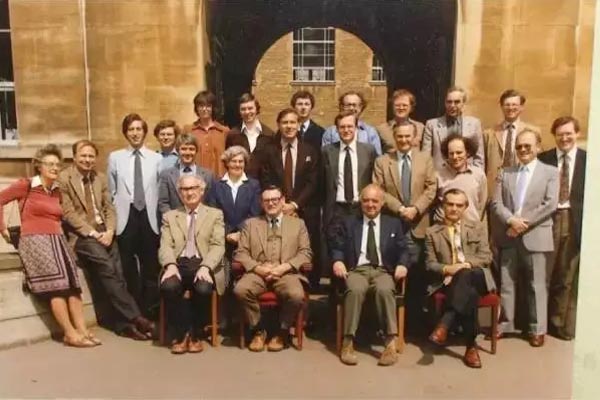
Goodenough directed two postdoctoral assistants to systematically study a series of metal oxide structures. He asked the assistants to determine the voltage required for lithium release (his expected value was much higher than the 2.2V of the Whittingham battery) and the ratio of free lithium ions.
The results show that the electrode can withstand 4 volts and half of the lithium is free. This is enough for a reusable battery. Among the oxides they tested, the assistants found that cobalt oxide was the best and most stable material.
In 1980, after Goodenough arrived in Oxford for four years, the lithium-oxide cobalt oxide cathode material became a huge breakthrough. This is the world's first lithium-ion battery that can power large, complex equipment, far more than other batteries on the market. This battery stores two to three times the energy of a room temperature rechargeable battery on the market. It is not only smaller but also the same or better.
In 1991, Sony combined Goodenough's cathode and carbon anode technology to produce the world's first commercial rechargeable lithium-ion battery, which was a sensation overnight. Sony also uses lithium-ion batteries for cameras. Sony cameras that are lighter and more beautiful are quickly becoming popular.
Sony's competitors also quickly introduced similar batteries and handheld cameras, and applied lithium-ion batteries to laptops and mobile phones, forming a multi-billion dollar industry each year. Sony's breakthrough has sparked a boom in lithium-ion battery research, and laboratories around the world are looking for smaller, more energy-storing lithium-ion battery structures.
Prior to this, no one expected this study to have such a huge commercial market.
In the commonly used cobalt cathode materials, atoms are layered and the lithium ions stored therein can only move between the atomic layers. Goodenough believes that the atomic arrangement of spinels allows ions to move in three-dimensional space, so that ions have more access to the electrode plates, increasing the rate of charge and discharge. In 1982, Mike Thackeray, a postdoctoral fellow at Oxford University in Goodenough, invented a more advanced manganese spinel electrode. This electrode is safer and cheaper than Goodenough's cobalt oxide electrode a year ago.
Padhi and Okada, a Japanese NTT company researcher at Goodenough Labs, are looking for better spinel materials.
They tried different materials, such as cobalt, manganese and vanadium, without success. In the end, there was only one ferrophosphorus compound left on their list. Goodenough thought that they could only choose spinel in the end. After telling Padhi about this idea, he went on vacation.
Goodenough came back from Padhi and learned that Padhi did not get a spinel structure, as he predicted. But he discovered a naturally occurring new olivine structure and successfully extracted and returned lithium ions from the olivine structure. After inspection, Goodenough found the results to be amazing. This is the third time! The first was a cobalt oxide, followed by a spinel, now iron phosphate, and Goodenough's lab produced three major commercially available lithium-ion battery cathode materials.
Although Padhi's research was stolen by Japanese NTT researcher Shigeto Okada, he was the first to apply for a patent in Japan. Goodenough Lab was forced to become involved in a patent dispute with A123, a professor of Japan's NTT Corporation and MIT Yet-Ming Chiang. But the industry generally believes that all technologies are derived from Goodenough's lab.
Lofty aspirations
A great inventor who is over 90 years old will receive a lot of honors, as does Goodenough. He is nominated for the Nobel Prize almost every year, and he is usually nominated with Japanese chemist Akira Yoshino. Akira Yoshino combined the cathodes and graphite anodes invented by the Americans to make the first lithium battery that made Sony a hit. In 2013, Goodenough received the US National Medal from the US President Barack Obama; in 2009, he won the Fermi Award. In fact, there are also awards named after Goodenough. Since 2009, the Royal Society of Chemistry has awarded the "John B. Goodenough Award" in the field of materials chemistry.
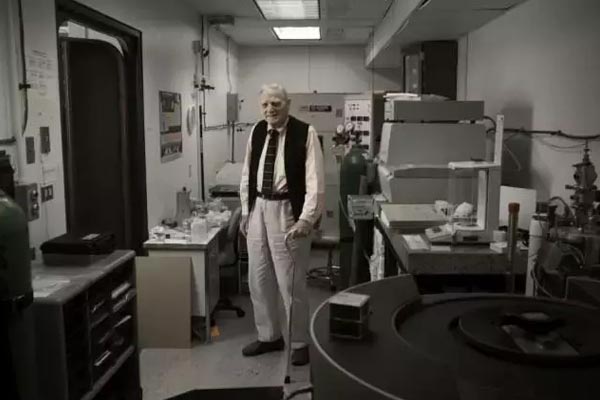
But Goodenough seems to want to end his scientific career with a great new invention. He is working on a super battery that really rivals electric and internal combustion engines, and hopes that it can economically store wind and solar energy.
His research direction involves one of the most difficult issues in battery science: how to make battery anodes with pure lithium or sodium? If this battery is successfully developed, it will store 60% more energy than existing lithium batteries. This will immediately make the electric car have the strength to compete with the fuel car. Many scientists have failed attempts over the years. For example, in the 1970s, Exxon's Stan Whittingham laboratory fired several times due to lithium battery research.
Although Goodenough didn't clarify the new idea, he thought he had some clues. And based on his previous achievements, scholars in the battery field do not doubt this. Now working at the Argonne National Laboratory in the United States, Thackeray, a South African who discovered manganese spinel under the guidance of Goodenough, said: "He is still very keen, his mind is still breaking through." "The breakthrough in this field must be An unexpected way. Goodenough is the kind of person who breaks the rules."
The research has a high stake, and Goodenough refutes many of the research methods that compete with him. For example, in his view, Tesla's Elon Musk is only satisfied with "selling electric cars to the wealthy in Hollywood" and handing over the research on the car battery for the middle class to other scientists. This complaint is not entirely correct. Although Musk sold the car to the elite at a price of $80,000 to $100,000 per car, he is gradually improving the battery and promises to produce a $35,000 car to meet the larger market by 2018.
Goodenough also doesn't see studies that only increase battery efficiency by 7% to 8% per year. He said, "We need some obvious progress, not a little bit more every time."
Including himself, no one can be sure that Goodenough will succeed this time, but he has not given up. The development of super batteries is really difficult. Goodenough said that everyone should constantly try to break through. He pointed out that we have 30 years to develop and commercialize novel batteries before the devastating energy crisis and environmental problems. He thinks that time is enough. He said: "Many people are studying lithium batteries. These people are very smart. I dare not say that I am the only one who can solve this problem."
However, he is likely to solve this problem. This is why those who know him have been following John Bannister Goodenough.
Related Articles
-
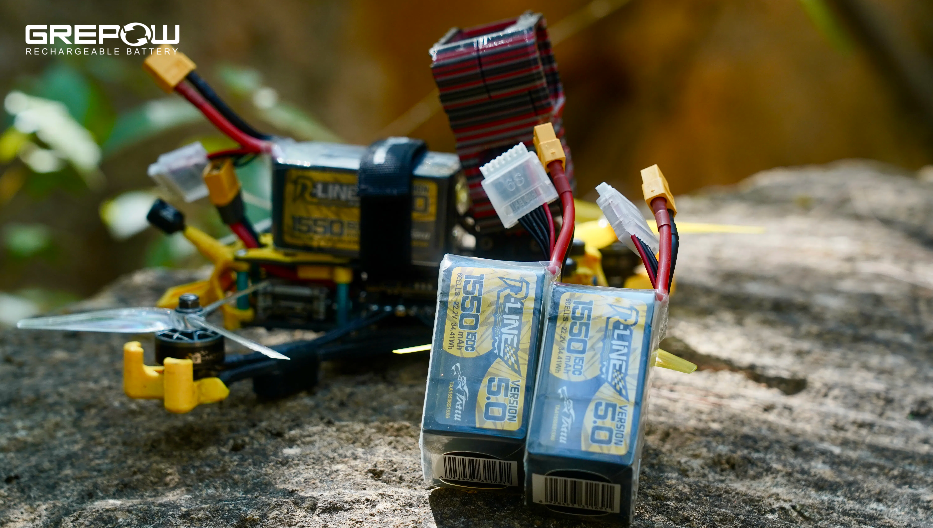
What Is a 7 Inch FPV Drone?
2025-04-15 -

Empowering Drone Training with Grepow’s Tailored Battery Solutions
2025-04-15 -
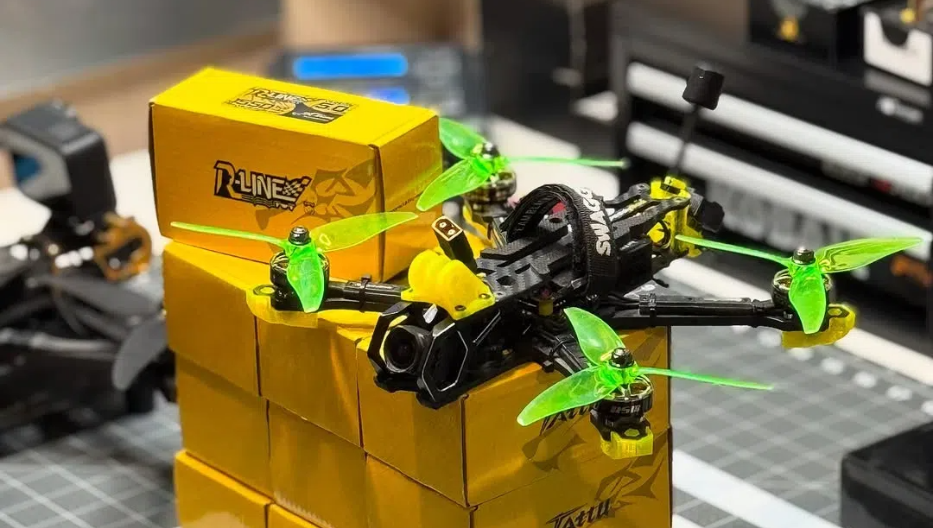
FPV Drone Types: All You Need to Know
2025-03-06
Related products
-
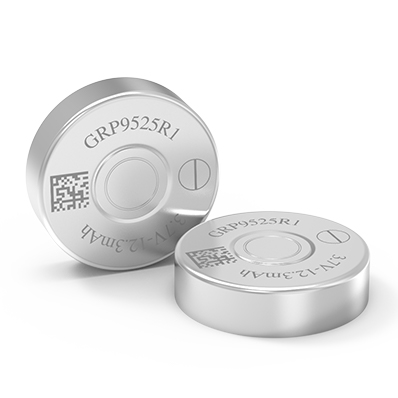
GRP9525 Series Rechargeable Lithium-Ion Coin Cell Battery
-
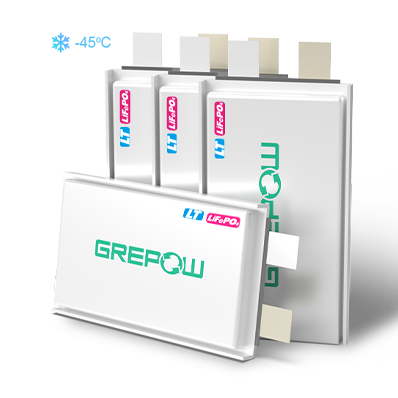
-40℃ Low Temperature LiFePO4 Battery
-
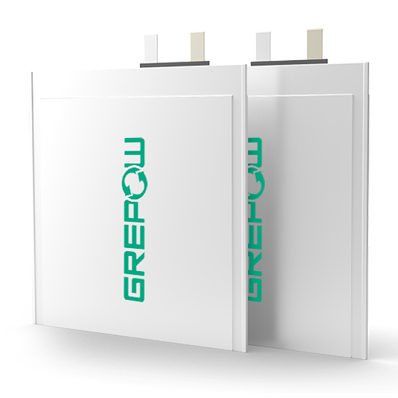
Pouch Ultra Thin Lipo Battery

















































